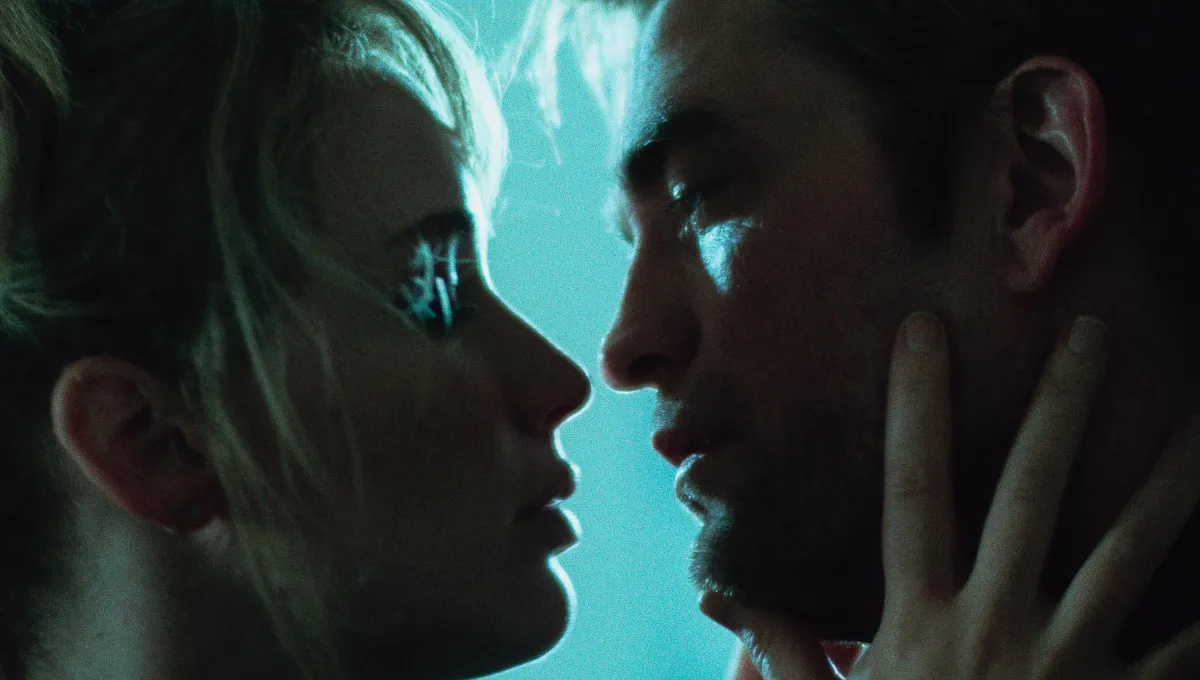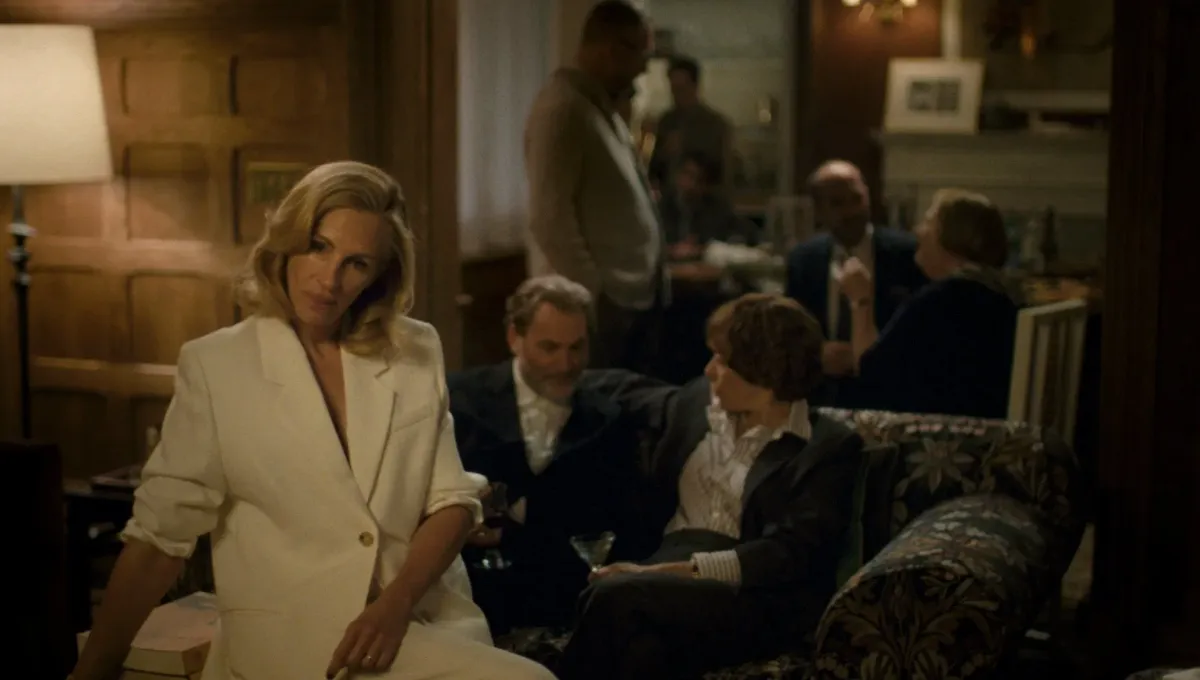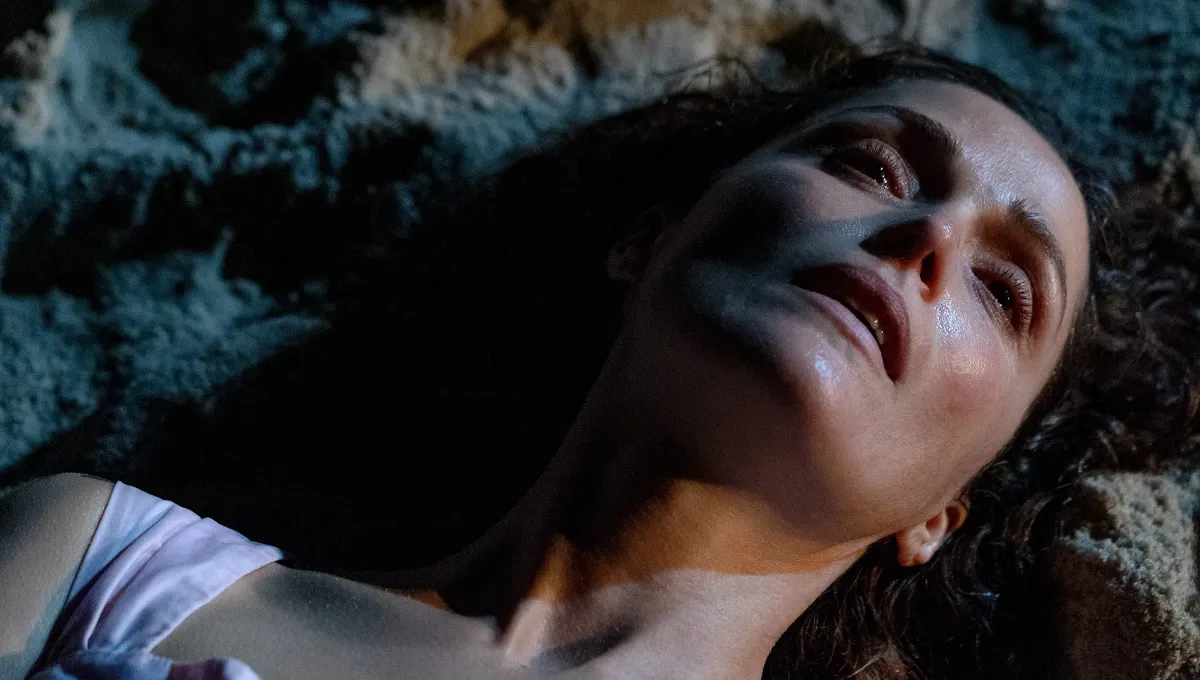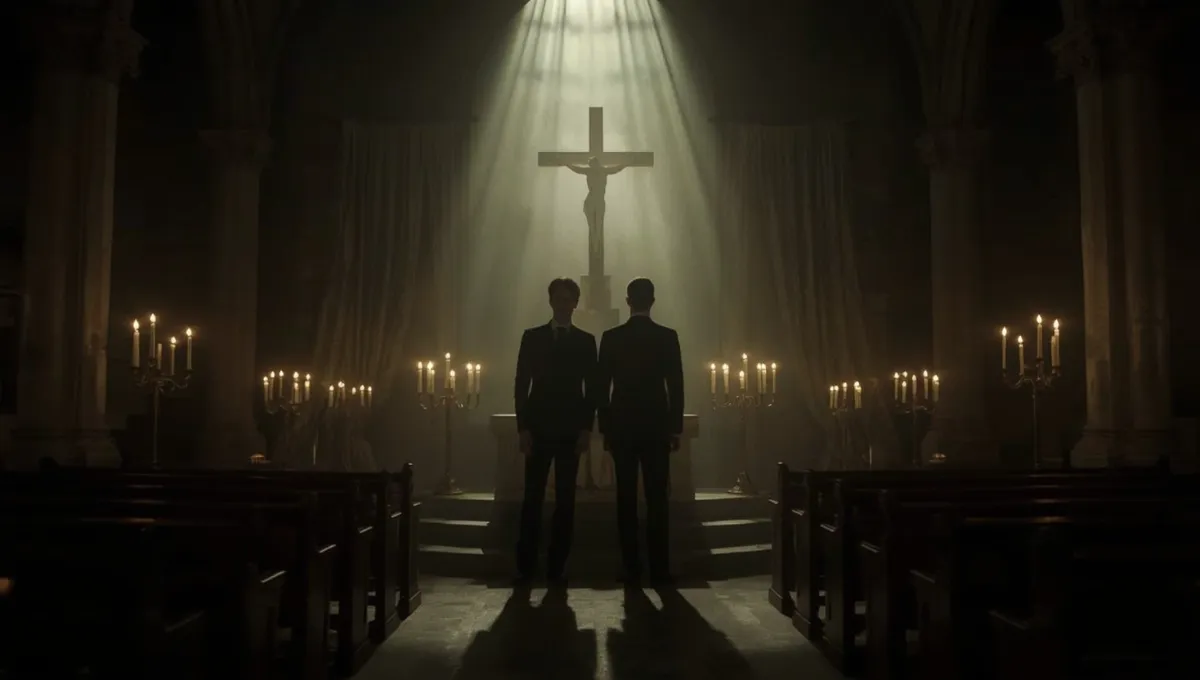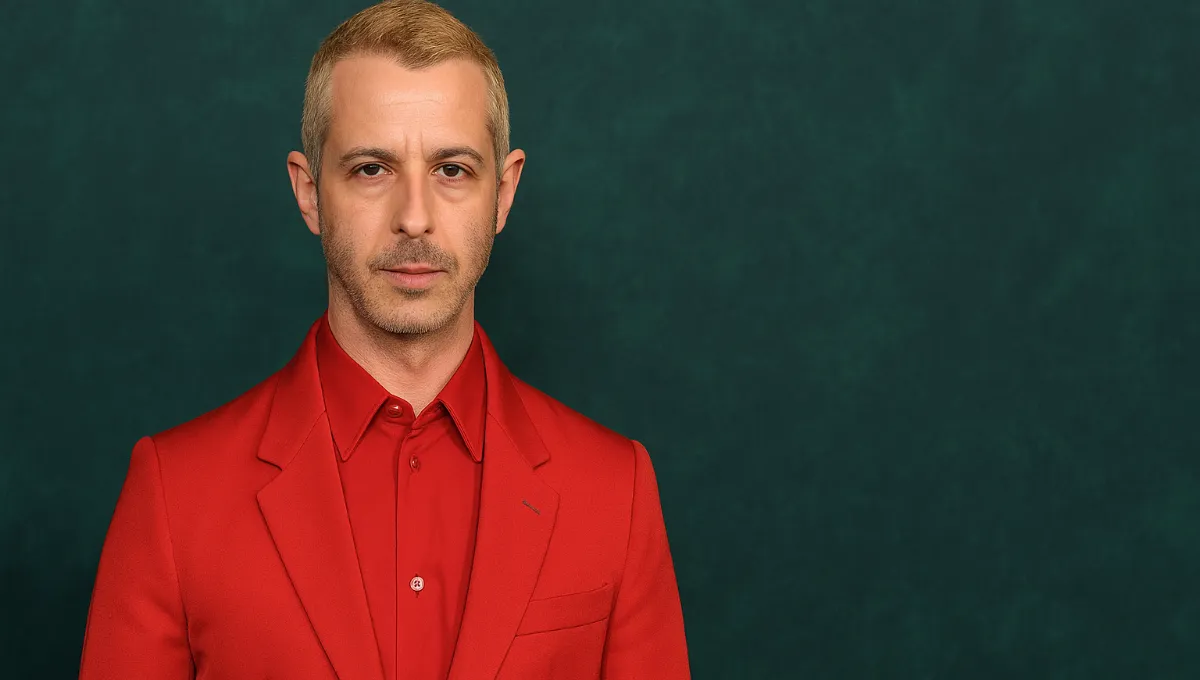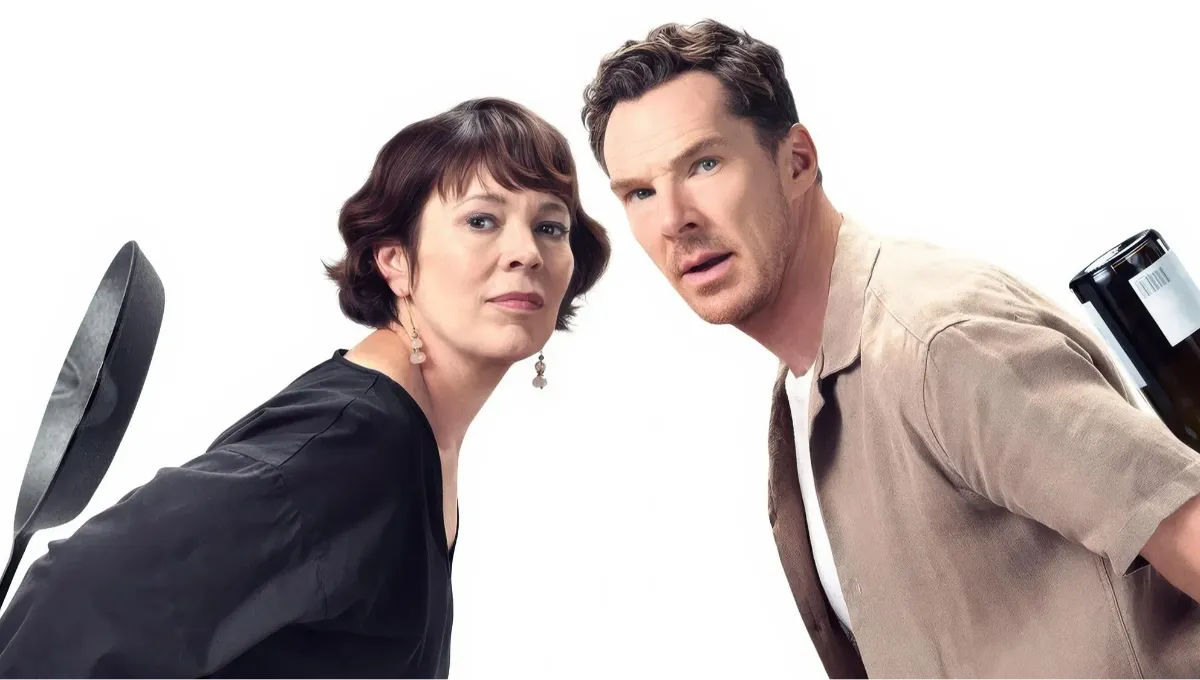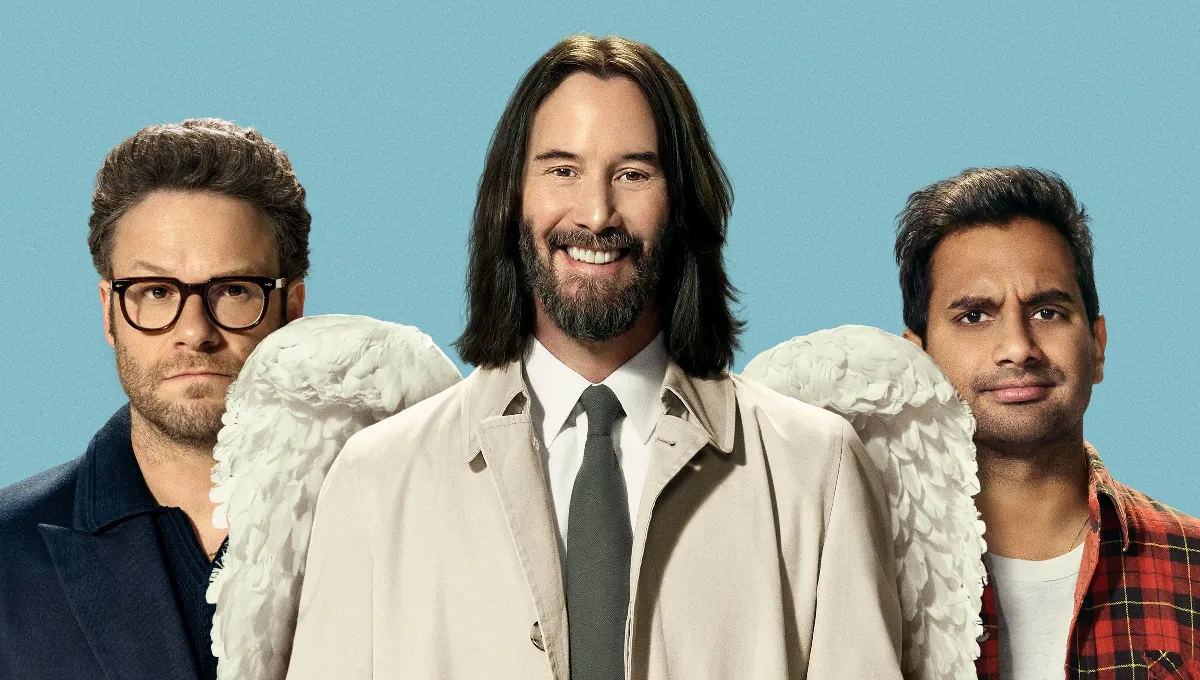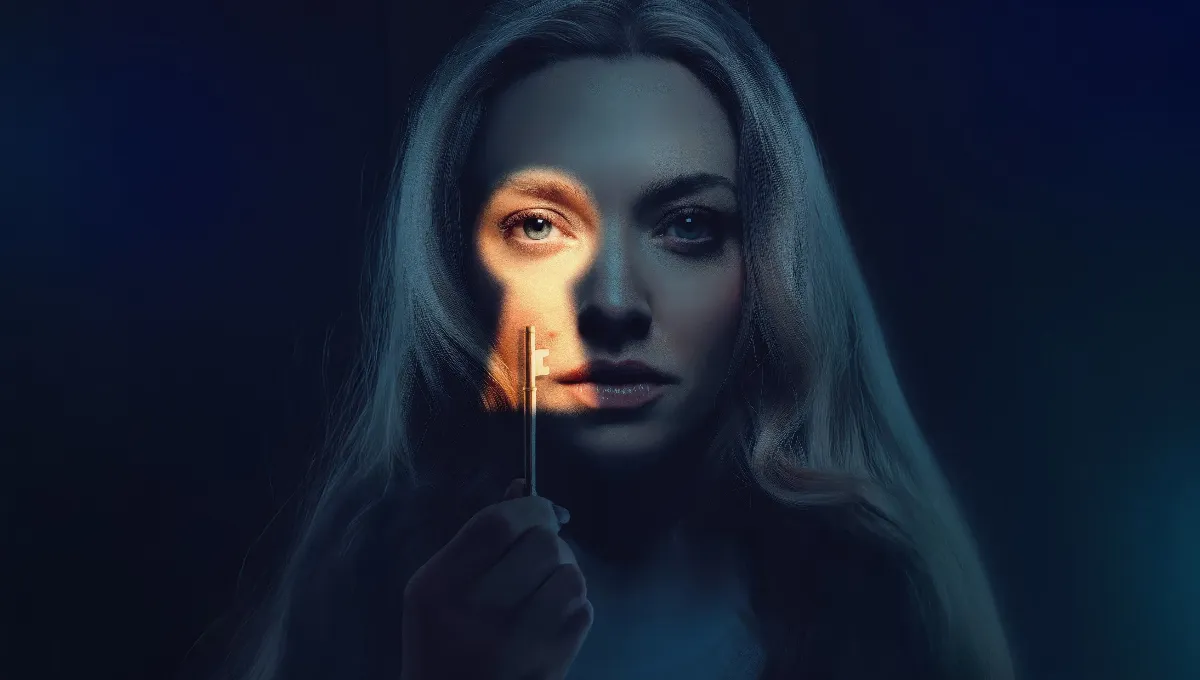In Die, My Love (2025), director Lynne Ramsay brings an unflinching vision of love, madness, and motherhood to the screen. Starring Jennifer Lawrence, Robert Pattinson, and LaKeith Stanfield, the film transforms an intimate psychological breakdown into one of the most anticipated dramatic experiences of the year. With a cast that burns through every frame, this haunting story explores how far the human mind can go when isolation and despair take hold.
There are films that make you think, and then there are films that stay under your skin. Die, My Love (2025) belongs to the second category — a cinematic storm of emotion, anchored by two of Hollywood’s most magnetic performers, Jennifer Lawrence and Robert Pattinson. Based on Ariana Harwicz’s controversial novel, the movie captures the silent violence of depression and the unbearable beauty of chaos. It’s not a story of heroes and villains, but of a woman’s fragile mind unraveling under the weight of her own existence.
Jennifer Lawrence delivers a performance that is both terrifying and tender. As Grace, she inhabits a character who is at once recognizable and unknowable — a mother, a writer, a lover, and a woman coming apart. Lawrence channels a raw intensity rarely seen since her Oscar-winning turn in Silver Linings Playbook, but this time the energy is darker, more fractured. She doesn’t play Grace as “crazy”; she plays her as human, with every flicker of rage, exhaustion, and despair bleeding through her eyes. In one moment she’s serene, lost in thought by the window; in the next, she’s shaking, laughing, or screaming, unable to tell if what she feels is real.
Robert Pattinson, as Jackson, becomes the emotional anchor of the film. His quiet, understated presence serves as a mirror to Grace’s turmoil — a man trapped between devotion and helplessness. Pattinson plays Jackson with the restraint of someone who has learned that love is not always enough. His chemistry with Lawrence is electric yet unsettling, filled with silences that speak louder than words. The way he looks at her — with a mix of tenderness, fear, and confusion — tells you everything about a relationship that is both intimate and disintegrating.
LaKeith Stanfield appears as Karl, a visitor from the outside world whose presence triggers both comfort and paranoia in Grace’s mind. His interactions add an eerie rhythm to the story — part temptation, part illusion. Stanfield’s natural charisma and emotional intelligence make him the perfect counterbalance to Lawrence’s volatility. In a film full of internal chaos, he brings a fleeting sense of connection, a reminder of the world beyond the cabin walls.
The veteran actors Nick Nolte and Sissy Spacek round out the ensemble, adding gravitas and emotional texture. Nolte, as Harry, carries a quiet sorrow that echoes the themes of regret and aging, while Spacek’s Pam embodies the kind of small-town empathy that makes Grace’s breakdown even more painful to watch. Together, they serve as echoes of lives once balanced, now distorted by time and circumstance.
What makes Die, My Love so powerful is its ability to turn madness into poetry. Director Lynne Ramsay frames every scene like a confession, using close-ups and natural light to blur the boundaries between reality and delusion. Her camera lingers on faces, hands, and breath — on the fragile, physical signs of emotional decay. The 35mm cinematography by Seamus McGarvey adds a nostalgic grain that recalls the psychological thrillers of the 1970s, while the tight 1.33:1 aspect ratio makes the world feel claustrophobic, as if the frame itself is closing in on Grace.
The screenplay, co-written by Ramsay, Enda Walsh, and Alice Birch, is a masterclass in tone. Dialogue is sparse, but every word carries weight. The silences are heavy with meaning, filled with the sounds of wind, water, and the unrelenting tick of time. Rather than explaining Grace’s mental state, the film lets us live inside it — the confusion, the rage, the fleeting moments of peace that vanish as quickly as they appear.
At its core, Die, My Love is a story about the unbearable duality of love. Grace loves her child. She loves her husband. But she also resents them. She resents the expectation to be grateful, to be gentle, to be whole. The movie doesn’t judge her for that. Instead, it forces us to confront the uncomfortable truth that love and hate can exist in the same heartbeat. Jennifer Lawrence captures that contradiction with devastating precision. Her performance feels lived-in, almost dangerous — as if she’s exposing parts of herself that were never meant to be seen.
The chemistry between Lawrence and Pattinson is one of the film’s strongest elements. They have a rhythm that’s equal parts affection and tension, like two people who know each other too well to lie, but too poorly to heal. Their scenes together are suffocating and beautiful, especially when the camera holds on them in silence. You can feel the years of love and frustration collapsing under the weight of mental illness and isolation.
LaKeith Stanfield’s performance deserves its own praise. His character might not dominate the screen time, but his presence lingers. He represents the outside — sanity, temptation, freedom — everything Grace cannot reach. Stanfield plays Karl with subtle empathy, neither judging nor rescuing. He’s there to remind the audience that even in madness, the desire for connection never dies.
Nick Nolte and Sissy Spacek add an emotional foundation that grounds the surrealism. They bring experience and fragility to a story that could otherwise drown in despair. In a film obsessed with decay and collapse, they stand as witnesses — weary, but still holding on.
The visual style of Die, My Love amplifies the psychological weight. The camera doesn’t flinch. It watches Grace sleep, stare, cry, and laugh in moments that feel almost too intimate to watch. The sound design is just as important: whispers, doors creaking, the hum of an empty refrigerator — every noise becomes part of her unraveling. Ramsay doesn’t use horror tropes; instead, she builds dread from truth. The fear doesn’t come from monsters but from mirrors — from recognizing ourselves in Grace’s exhaustion.
What separates Die, My Love from typical psychological dramas is its humor. Yes, there’s laughter in the madness. Ramsay and Lawrence find dark comedy in the absurdity of despair — the strange laughter that erupts when crying becomes useless. It’s this balance of tragedy and irony that makes the film feel alive. The audience doesn’t just pity Grace; they understand her.
By the final act, Die, My Love becomes a love letter to imperfection. It’s not about redemption but recognition — about seeing the parts of ourselves that society tells us to hide. When Grace finally faces her reflection, we’re not sure if she’s healing or disappearing, but it doesn’t matter. What matters is that for a moment, she’s real.
With its November 7, 2025 release, the film is expected to make waves during awards season. Jennifer Lawrence’s performance is already being hailed as Oscar-worthy, while Robert Pattinson continues his streak of complex, risk-taking roles. The supporting cast elevates the emotional layers, proving that ensemble storytelling can still feel deeply personal.
In the end, Die, My Love is not just a movie — it’s a confrontation. It challenges the idea of what motherhood, love, and sanity should look like. It’s a slow burn that leaves scars instead of answers, reminding us that sometimes the most terrifying place on Earth is our own mind. With its fearless performances, poetic visuals, and emotional precision, it stands as one of the defining psychological dramas of the decade.
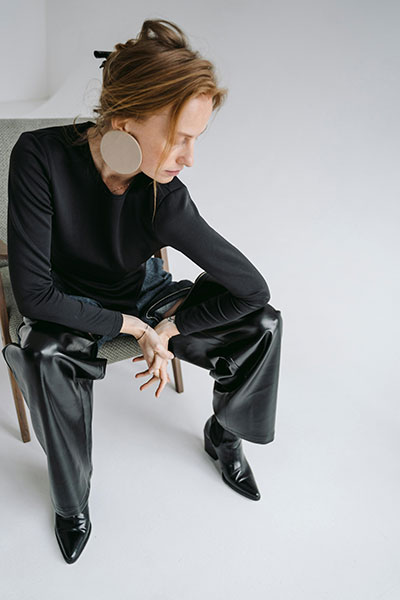
Grace Whitmore is a beauty and lifestyle editor at Nestification, exploring the intersection of modern femininity, quiet luxury, and emotional design. Her work focuses on how aesthetics, mindfulness, and self-expression shape today’s idea of calm confidence — where beauty becomes a state of mind.
Based in New York · [email protected]

